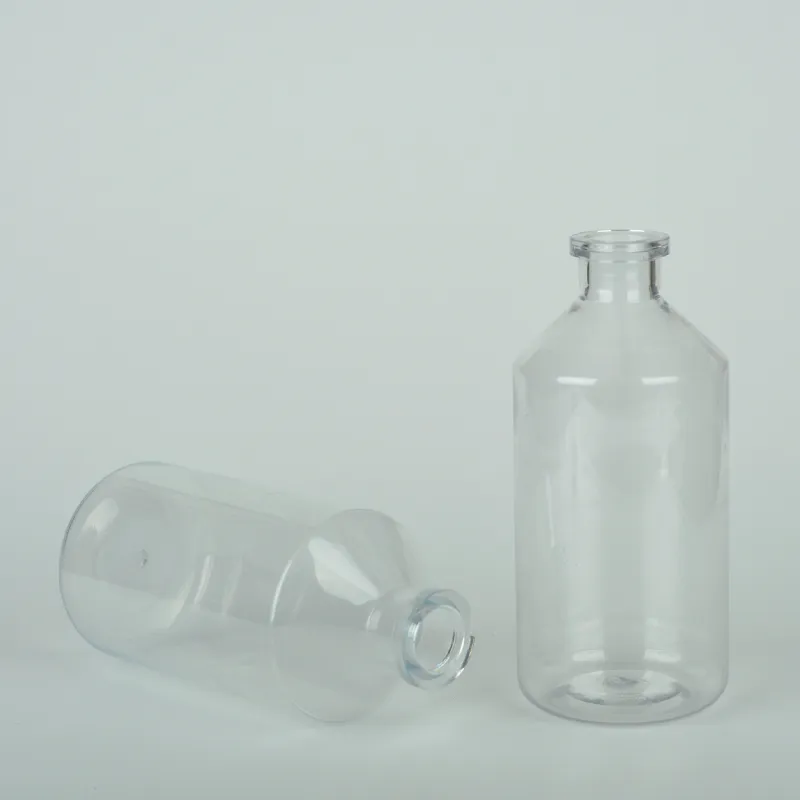
-
 Afrikaans
Afrikaans -
 Albanian
Albanian -
 Amharic
Amharic -
 Arabic
Arabic -
 Armenian
Armenian -
 Azerbaijani
Azerbaijani -
 Basque
Basque -
 Belarusian
Belarusian -
 Bengali
Bengali -
 Bosnian
Bosnian -
 Bulgarian
Bulgarian -
 Catalan
Catalan -
 Cebuano
Cebuano -
 Corsican
Corsican -
 Croatian
Croatian -
 Czech
Czech -
 Danish
Danish -
 Dutch
Dutch -
 English
English -
 Esperanto
Esperanto -
 Estonian
Estonian -
 Finnish
Finnish -
 French
French -
 Frisian
Frisian -
 Galician
Galician -
 Georgian
Georgian -
 German
German -
 Greek
Greek -
 Gujarati
Gujarati -
 Haitian Creole
Haitian Creole -
 hausa
hausa -
 hawaiian
hawaiian -
 Hebrew
Hebrew -
 Hindi
Hindi -
 Miao
Miao -
 Hungarian
Hungarian -
 Icelandic
Icelandic -
 igbo
igbo -
 Indonesian
Indonesian -
 irish
irish -
 Italian
Italian -
 Japanese
Japanese -
 Javanese
Javanese -
 Kannada
Kannada -
 kazakh
kazakh -
 Khmer
Khmer -
 Rwandese
Rwandese -
 Korean
Korean -
 Kurdish
Kurdish -
 Kyrgyz
Kyrgyz -
 Lao
Lao -
 Latin
Latin -
 Latvian
Latvian -
 Lithuanian
Lithuanian -
 Luxembourgish
Luxembourgish -
 Macedonian
Macedonian -
 Malgashi
Malgashi -
 Malay
Malay -
 Malayalam
Malayalam -
 Maltese
Maltese -
 Maori
Maori -
 Marathi
Marathi -
 Mongolian
Mongolian -
 Myanmar
Myanmar -
 Nepali
Nepali -
 Norwegian
Norwegian -
 Norwegian
Norwegian -
 Occitan
Occitan -
 Pashto
Pashto -
 Persian
Persian -
 Polish
Polish -
 Portuguese
Portuguese -
 Punjabi
Punjabi -
 Romanian
Romanian -
 Russian
Russian -
 Samoan
Samoan -
 Scottish Gaelic
Scottish Gaelic -
 Serbian
Serbian -
 Sesotho
Sesotho -
 Shona
Shona -
 Sindhi
Sindhi -
 Sinhala
Sinhala -
 Slovak
Slovak -
 Slovenian
Slovenian -
 Somali
Somali -
 Spanish
Spanish -
 Sundanese
Sundanese -
 Swahili
Swahili -
 Swedish
Swedish -
 Tagalog
Tagalog -
 Tajik
Tajik -
 Tamil
Tamil -
 Tatar
Tatar -
 Telugu
Telugu -
 Thai
Thai -
 Turkish
Turkish -
 Turkmen
Turkmen -
 Ukrainian
Ukrainian -
 Urdu
Urdu -
 Uighur
Uighur -
 Uzbek
Uzbek -
 Vietnamese
Vietnamese -
 Welsh
Welsh -
 Bantu
Bantu -
 Yiddish
Yiddish -
 Yoruba
Yoruba -
 Zulu
Zulu
medical dropper bottles
The Evolution of Medical Dropper Bottles A Small Yet Significant Innovation
In the realm of healthcare, even the smallest tools can have a profound impact on patient care. One such tool is the medical dropper bottle, designed to dispense liquid medication in precise doses. Over the years, these simple yet effective devices have evolved significantly, contributing to improved treatment outcomes and enhanced safety for patients.
The Evolution of Medical Dropper Bottles A Small Yet Significant Innovation
Historically, dropper bottles were made from glass, which offered durability and ease of cleaning but also presented challenges in terms of weight and fragility. Innovations in materials science have led to the introduction of lightweight, shatterproof plastic alternatives. These modern dropper bottles are not only safer but also more convenient for healthcare providers to handle and store. Furthermore, advancements in design have allowed for the incorporation of precise measurement markings on the side of the bottles, facilitating easier dosing for caregivers.
medical dropper bottles

One notable innovation in recent years is the introduction of child-resistant dropper bottles. These designs enhance safety by preventing accidental ingestion of medication by children, a common concern for parents and healthcare providers alike. Utilizing complex cap mechanisms, these bottles require a specific action to open, thereby significantly reducing the risk of medication-related accidents.
In addition to their safety features, contemporary dropper bottles have also been equipped with advanced dispensing mechanisms. Some models now feature built-in pumps or squeeze valves that ensure consistent and controlled dispensing of liquid medications. This is particularly beneficial for medications that require careful titration, as it minimizes the risk of overdosing or underdosing.
Moreover, the digital age has brought about further innovations in the way medications are packaged and delivered. Smart dropper bottles equipped with sensors can provide real-time data on dosage administration and reminders for dosing schedules, helping patients adhere to their treatment plans more effectively.
In conclusion, medical dropper bottles may appear to be a simple component of the healthcare toolkit, but their evolution reflects significant advancements in patient safety and medication management. From their traditional glass designs to contemporary, child-resistant, and smart versions, these dropper bottles have adapted to meet the needs of modern medicine. As technology continues to advance, we can expect further innovations that will improve the efficacy and safety of medication delivery, ultimately enhancing patient care across the globe. The medical dropper bottle stands as a testament to how thoughtful design and innovation can create lasting positive changes in healthcare practices.
-
PTFE Centrifuge Tubes - Chemical Resistant, Leak-proof, Ideal for Laboratory UseNewsJul.05,2025
-
Premium Metal Dropper Bottle for Precise Dispensing 250ml & 1ml Options AvailableNewsJul.04,2025
-
20 ml Headspace Vials - High Quality Polyethylene & Plastic Vials for Lab UseNewsJul.04,2025
-
Small Bottle with Pipette - Precise Dispensing 100ml Pipette Bottles for Essential Oils & Lab UseNewsJun.24,2025
-
Acetic Anhydride Bottle for Accurate Dropper Measurement in Pharmacy Use High-Quality Dropper BottlesNewsJun.10,2025
-
Innovative PET Bottle Design for Juice – Unique Shapes & Customization OptionsNewsJun.10,2025






















